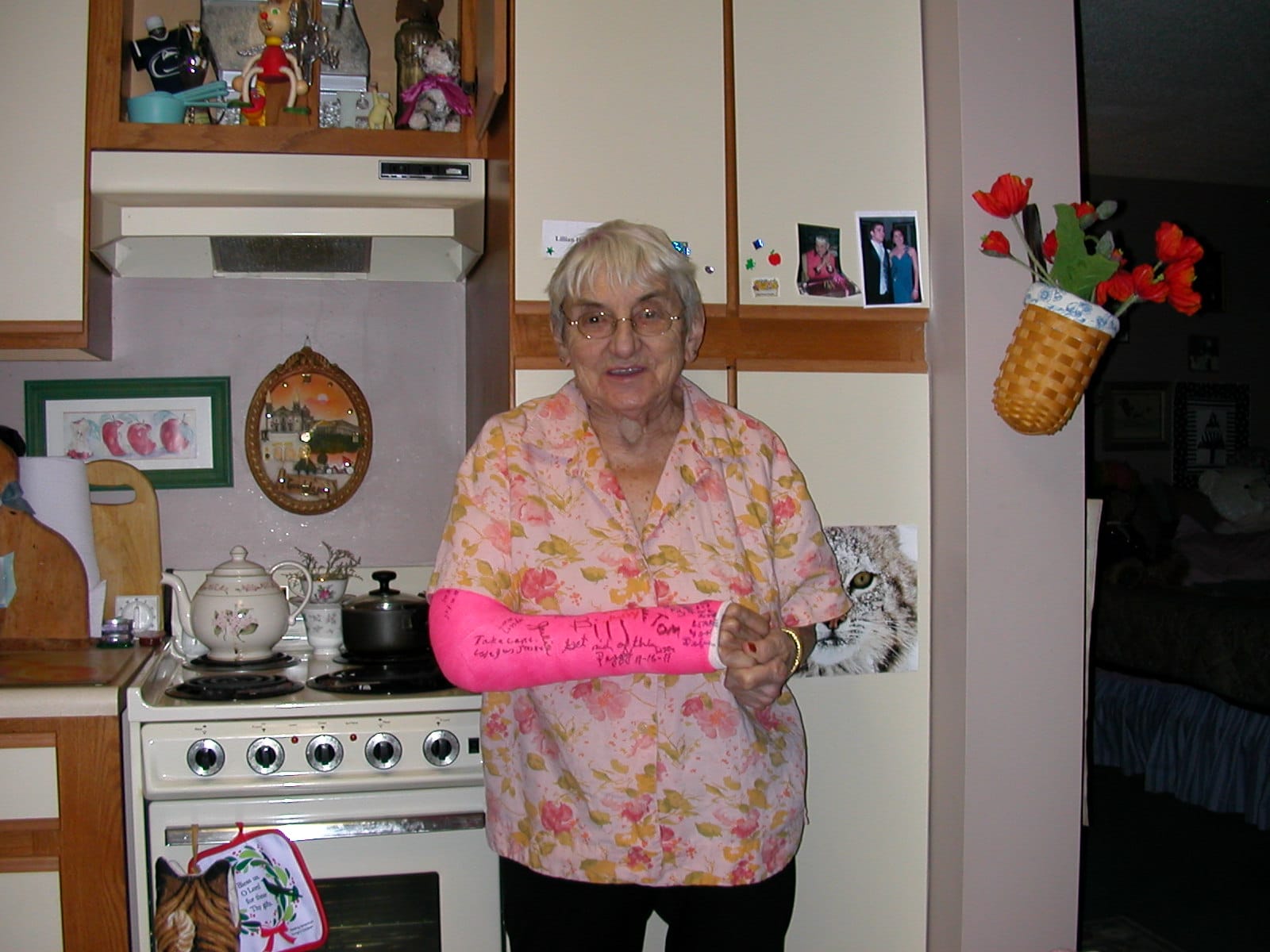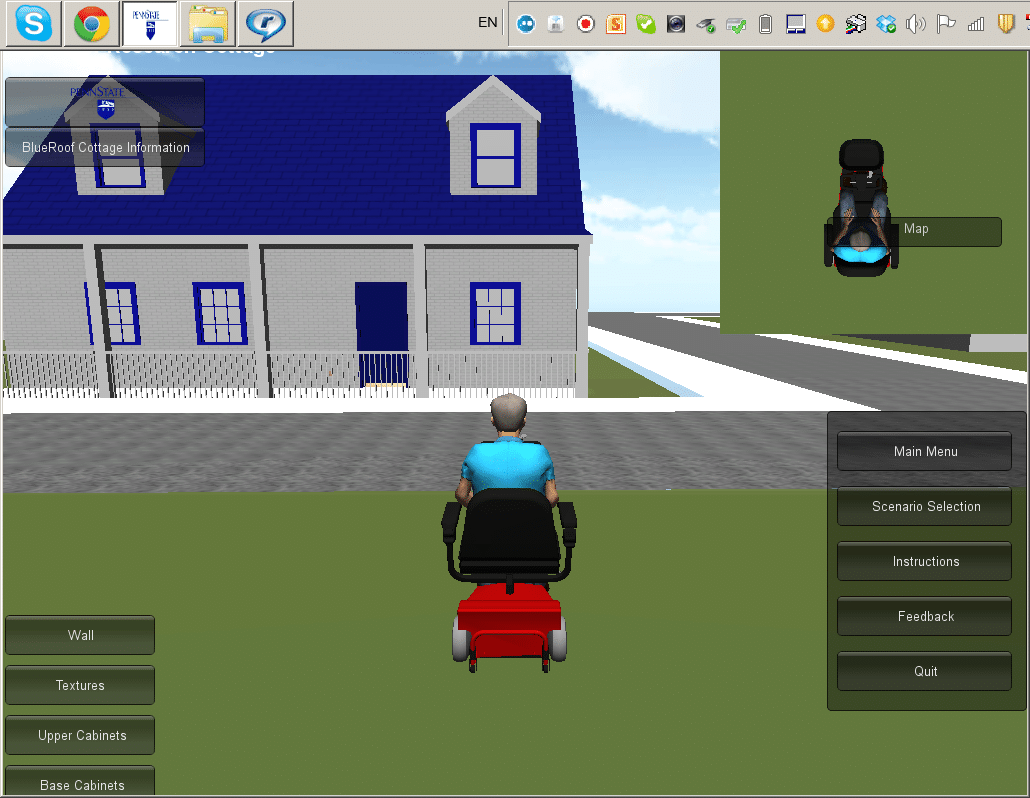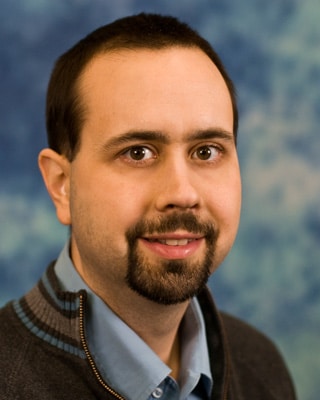University Park, PA. On Tuesday, May 3, 2011 at 10a.m. Penn State’s Department of Architectural Engineering and its Smart Spaces Center for Adaptive Aging in Community celebrated progress made in a coordinated effort to reduce the cost of housing for Pennsylvania’s elderly and disabled residents today and in the future. The celebration took place at […]
Sonali Kumar
Virtual reality cuts costs and increases satisfaction
Put on your 3-D glasses The following appeared in HME News, the publication for the home medical industry, on July 26, 2011. This year and last, I asked the residents of Addison Court, the low-income apartment for disabled and elderly in State College where I live, to attend a demonstration at the Immersive Construction Lab, described […]
Sonali Kumar, virtual reality modeller and designer
Sonali Kumar created this 3-D model of the Blueroof Cottage using AutoDesk’s Revit virtual reality imaging tool a Unity gaming engine. See Unity’s 3-D website: http://unity3d.com/create-games/?gclid=CPnkpYKZnK0CFVCR7QodWnKPnw. As the authoritative Wikipedia notes: ” A game engine is a system designed for the creation and development of video games. There are many game engines that are designed to […]
Special 3-D Construction Session to Reduce Health Care Costs and Improve Quality, PARF Conference
University Park, PA – On Thursday, September 22, at 9:30 a.m. Penn State’s Department of Architectural Engineering hosted a session entitled “Using Virtual Reality to Construct/Remodel Health Care Facilities & Independent Housing” in the Alumni Suite at the Nittany Lion Inn. [Listen to the entire session at the end of this posting.] The session is part […]
Second Life: Virtual World Special
Editorial note: Of course what everyone wants to know these days is what effect will Zynga have on Second Life? (Readers are encouraged to provide answers.) What follows is a guest blog by John J. Meier, assistant librarian at Penn State‘s Physical and Mathematical Sciences Library providing background on Second Life. This originally appeared in Voices of Central Pennsylvania with the […]
Aging Baby Boomers Like Me Need Housing: Think of this as an eccentric table of contents
Naturally, I begin with myself. The primary theme of my website is based on a scholarly body of literature known as experienced-based design which for the layperson, such as myself, means that I should have a role in the design of the world I live in. 1. For an attempt at a coherent presentation of […]
Won’t ride ‘em cowboy: This is my final column
Note: The following is the text of my February, 2011 column at Voices where I announce the end of my From Where I Sit column. The hard copy text, complete with a photograph of me, is available at newsstands in Centre County. I am reproducing it here for two reasons. First a reader insisted that […]




